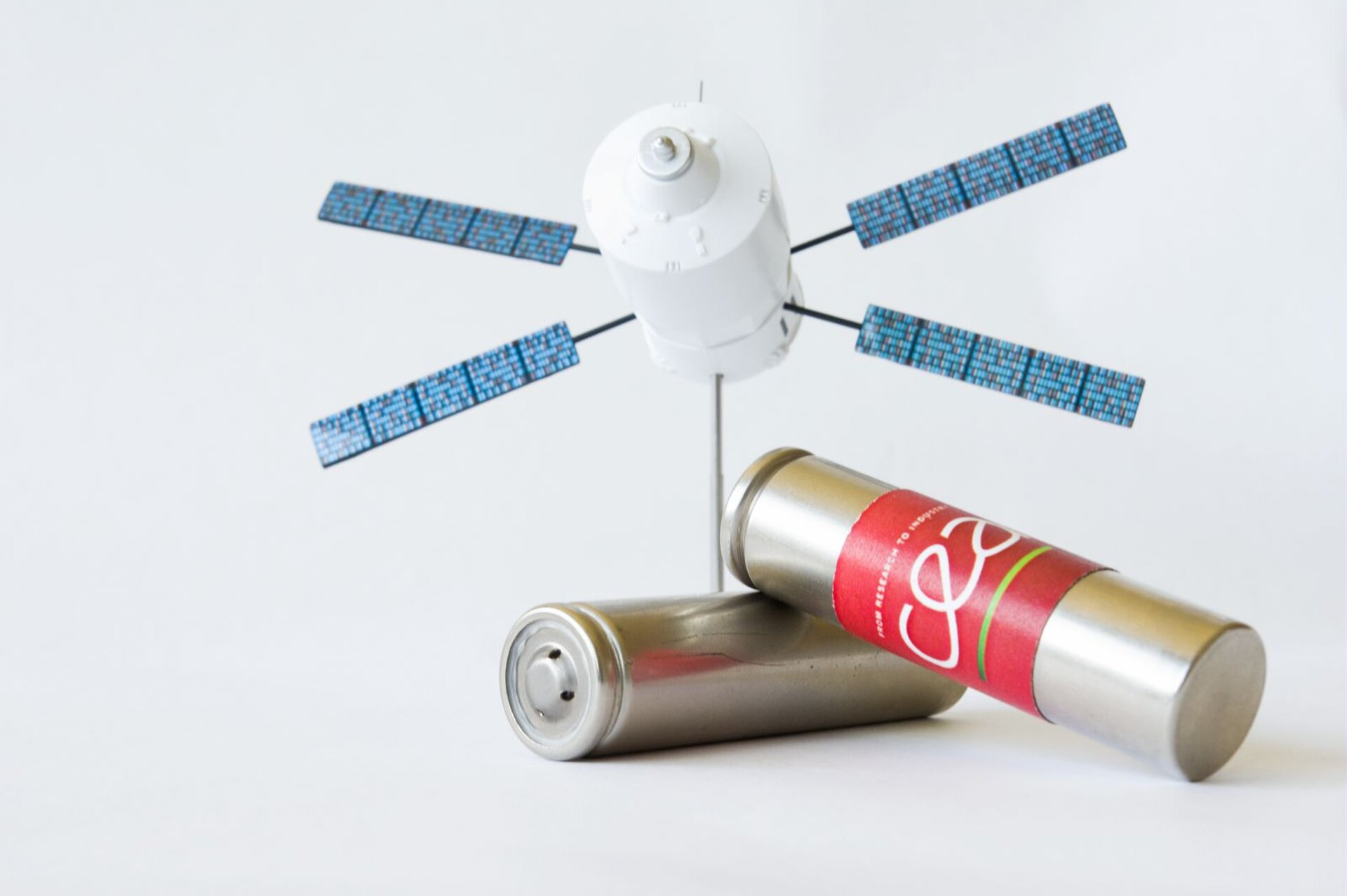Enhanced Power Sources compatible with extended thermal environment
| Programme: | TRP Workplan | Achieved TRL: | 4/5 |
| Reference: | T403-301EP | Closure: | 2016 |
| Contractor(s): | CEA-LITEN (FR), Airbus DS (FR) | ||
To face the arrival of new competitors like Space-X and to lower the cost to orbit, it is foreseen to lighten European next generation launchers (Ariane 6) by using novel primary and secondary batteries for powering avionics, pyro systems, guidance and control electronics, as well as communication systems. Such application requires unrestricted operations at low temperature (-20°C) and safety behaviour at high temperature (70°C), in addition to a low self-discharge rate.
Objectives
To develop and test cells using both primary and secondary electrochemical technologies. For trust vector control a secondary technology that provides high currents charge capability at low temperature (~20C rate) was developed. For power avionics a primary technology with a very high energy density (>275Wh/kg at cell level) was developed.
Achievements
CEA developed 18650 Li-ion cells (rechargeable) and AA Li-CFx cells (primary). Cells tested by Airbus DS (calendar, thermal, vibrations) with promising results.
Benefits
18650 secondary cells offers a high power even at -20°C (950 W/kg) with low self-discharge. AA Li-CFx cells reaches 295 Wh/kg at 20°C.
Further work
To improve cells technologies (materials & process) and to optimize cell packaging





